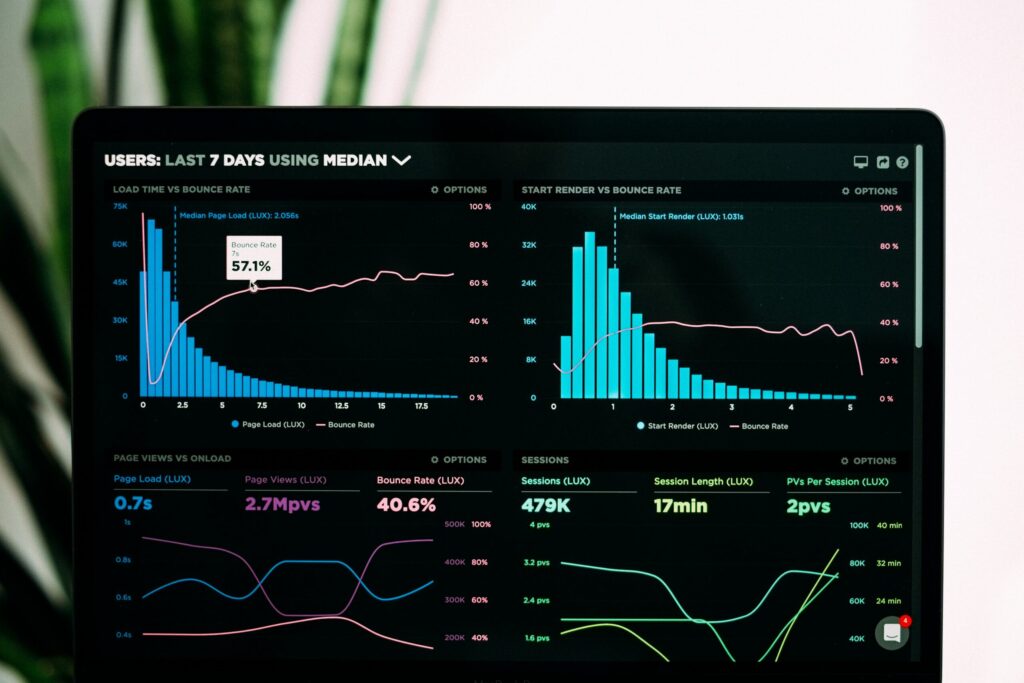The Hidden Connection: How Neighborhood Food Outlets Boost Cafe Success

In an era of data-driven insights, Sherlock AI’s comprehensive analysis of over 1 billion consumer behavior data points has revealed a fascinating trend.
Two Retailers Dominate Office Supply Store Visits in Boston—Here’s What You Need to Know

In Boston, two dominant retailers are leading the charge in office supply store visits, according to Infinite Analytics / Sherlock AI data. While the specific names remain undisclosed, these brands are capturing the majority of foot traffic in a competitive market. As businesses adapt to hybrid work models, the demand for office supplies remains strong, […]
Case Study: Parsi Dairy Farm’s Successful Campaigns with Sherlock AI

Client Parsi Dairy Farm – A provider of high-quality dairy products committed to traditional farming and local sourcing. Background Parsi Dairy Farm aims to enhance its digital presence and drive sales through targeted marketing campaigns. To achieve this, they executed two key initiatives: a WhatsApp Lead Generation Campaign and a Website Conversion Campaign. Campaigns Overview […]
Case Study: Leveraging Sherlock AI for Targeted Consumer Engagement

Background The Company aims to provide innovative health solutions and improve patient outcomes. One of their current projects involves increasing engagement for their smoking cessation product, targeting individuals actively seeking to quit smoking. Challenge Identifying consumers who are looking to quit smoking poses significant challenges: Objectives Solution Sherlock AI employed a multi-faceted approach to tackle […]
Decoding the AI Landscape: Types, Applications, and Business Impact

Artificial intelligence is reshaping technology and business operations. In this brief overview, we’ll explore the key types of AI and how businesses are leveraging its diverse applications. Types of AI: Business & AI: Businesses are reaping benefits from AI, including: Examples of Businesses Leveraging AI: Sherlock AI: Sherlock AI stands out for connecting extensive datasets […]
Data To Domination: How to Revolutionize Your Marketing Game Using Multi-Layer Data

In the fast-paced world of marketing, data is king. The ability to gather and analyze customer information has become essential for businesses looking to stay ahead of the competition. But what if I told you there’s a way to take your marketing game to a whole new level? Enter Sherlock AI! Using the ability to […]
7 Secret insights about Pet Parents

Pet Owners: Secret Insights of pet parents in India Sherlock AI embarks on a cute mission this time. It identifies people who have pets in Mumbai & Pune and understands their consumer behavior. How does Sherlock AI even identify if someone has a pet, you ask? That’s the beauty of it. Sherlock AI can understand […]
Sherlock.ai: Servicing several industries and staying relevant – Apparel, Automobiles, & Edtech

Sherlock.ai: Servicing several industries and staying relevant – Apparel, Automobiles, & Edtech When you know your audience, your audience knows. That car ad on our mobile, that ‘shop from hmonline’ ad on our Instagram account, that ad for a ‘complete blood profile test’ at an esteemed lab, or that ‘preview invite’ for a luxury brand […]
Sherlock.ai: Servicing several industries and staying relevant – Retail, Luxury & The D2C Health & Wellness

Sherlock.ai: Servicing several industries and staying relevant – Retail, Luxury & The D2C Health & Wellness As consumers of luxury goods, we love shopping for Kate Spade, Louis Vuitton, Jimmy Choo, and other such bags at malls. What we may not notice is that the ad on our phone for the latest collection of […]
Case Study: How Sherlock AI helped Tata Motors acquire consumers and reduce CAC

Following up on our previous post, Tata Motors, a USD 4 billion leading global auto company and an Infinite Analytics client, in its diverse portfolio, includes an extensive range of cars, SUVs, trucks, buses, defense vehicles etc. They saw a whopping 75% reduction in Customer acquisition cost (CAC) upon using Sherlock AI. The client started […]
